It’s easy these days to make a sale without ever showing your face. Thanks to the widespread adoption of digital communication – email, social media, texting, live chat and video conferencing – sales reps don’t even need to drive down the street to service their client, let alone travel thousands of miles.
Does sales travel still have a place in the distributor salesperson’s busy schedule? To find out, ASI surveyed industry sales reps about their current travel compared to three years ago. Not surprisingly, those reps report spending less total overnight time away from home than they once did.
But something curious emerged: The majority of those same reps also reported traveling the same amount or even more to visit local clients.
Those findings yield a telling lesson, even as reps dial down their long-distance miles: Sales travel in promotional products is far from dead. No matter the age or years of industry experience, clients want to feel important and appreciated – it’s human nature. And reps can give them what they’re looking for by making the effort to go visit them. The time investment it takes to do so shows not only that the rep cares about the client’s brand, but also that they deserve the business.
“Traveling to visit clients keeps relationships going,” says Vicki Clayman, the CEO of Partners N Promotion Powered by HALO (asi/356000) in Olathe, KS. “We all sell the same things, so good service is important, and part of that is going to see them and telling them how important they are. They appreciate it, because they know it’s not easy for us to make the trip. You drive and maybe spend the night at a hotel, and you’ve kept the relationship for the next year.”
To fully display the persistence and effectiveness of sales travel, Advantages identified four pros of the road – distributors who make traveling a priority in their sales routine. From driving almost a thousand miles a week to flying more than 100,000 miles a year all over the country, these distributors have discovered the value in being there for their customers.
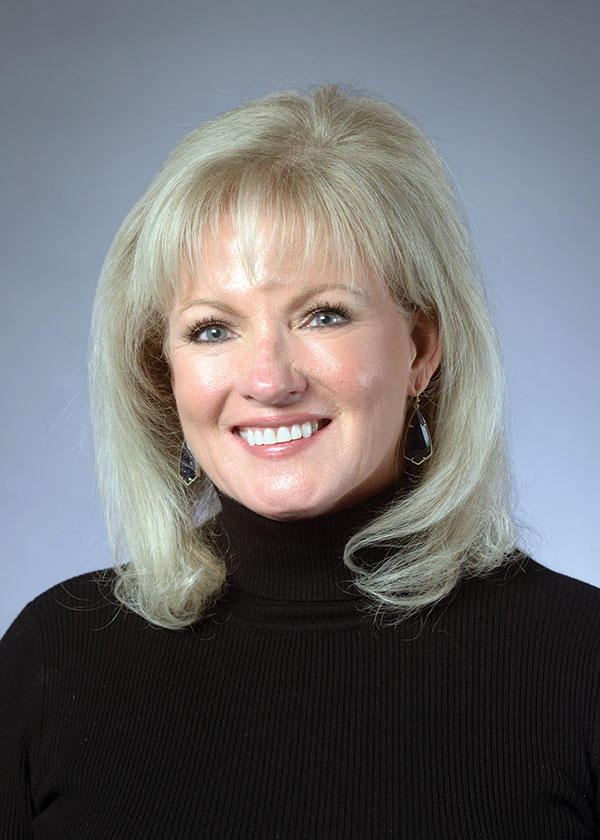
Vicki Clayman
CEO of Partners N Promotion Powered by HALO (asi/356000), Olathe, KS
- Estimated miles traveled per year: 21,000 by car and plane
- Travel territory: Nationwide
For almost 10 years, Vicki Clayman has had the same end-of-year travel plans. While others are packing their bags for holiday trips to Europe or the tropics, the industry veteran is packing up eight large boxes of promotional product samples and rolling racks for shipment. Starting in late September, she’ll travel across the western half of the country making client visits, all for the same customer, and set up retail-inspired presentations at each one.
But it’s not just a simple check-in with buyers at each of the company’s 15 locations. Clayman brings all the equipment and inventory needed for these full-on tabletop shows, all tailored to the likes and needs of each individual buying team. Between flying and driving – including a nine-hour drive to Western Nebraska – it takes Clayman and one other colleague six weeks to complete the circuit. In the other months, her travel schedule lessens to just the twice-a-month trips she takes to other clients throughout the year. Clayman’s annual mileage? About 21,000.
“Bringing your wares is kind of old-fashioned,” Clayman admits, “but younger people love it too. Instead of sending them a slideshow where half the tumblers look the same and they have to wait for a sample to figure out what they want, they can see everything and make a decision right there. There’s so much nuance to each piece, especially tech items.”
Clayman says her buyers have largely recognized the value of her coming to see them, bringing new products along. When she started doing the series as a way to get in front of all the buyers and see what appeals to people in different regions, she had to initiate the visits anew each year. That dynamic has changed – now, clients reach out to her.
“We’re emotional beings,” she says. “We like to hear voices. That’s why our team has an edge, because we travel. Otherwise people can just buy from Amazon. No one wants to have long days anymore, but you can have a few meetings in a day and still be home by 8 p.m. And it pays off. You have to work hard to show them you want their business.”
Vicki On The Road
- Why do you travel so much? “Nothing takes the place in this relationshipbased business of face-to-face time, sitting in front of a client, being in their office, seeing what makes them tick. You can read the group better in person. You’re less distracted, you’re giving each other undivided attention and there’s no one else there saying, ‘I can do that for less money.’”
- What’s your best travel hack? “If you’re down to a quarter tank of gas, don’t assume you’ll make it to the next town. Just fill it up.”
- What’s your craziest travel story? “One time I was stranded in the Mojave Desert. It was 112° and my rental car had overheated. It was before cellphones, and it was all truckers out there. Finally a woman in a station wagon pulled up and asked if she could take me somewhere. She drove me 30 miles to the nearest gas station!”
Tim Farrell
President of Veterans4You (asi/351897), Fort Lauderdale, FL
- Estimated miles traveled per year: 100,000 by plane
- Travel territory: Nationwide
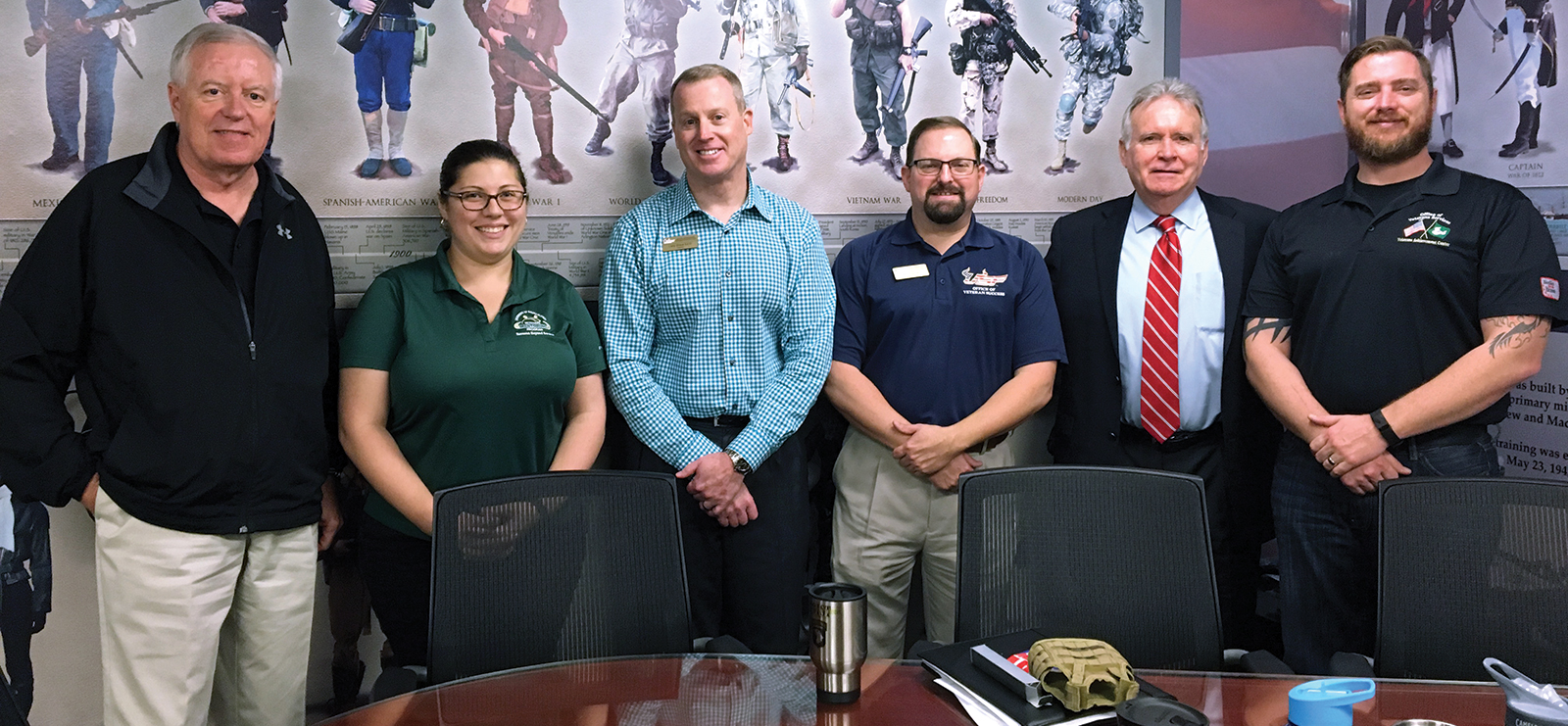
Tim Farrell (second from right) visits the Office of Veteran Success at the University of South Florida.
For Tim Farrell, client visits aren’t so much about doing business (although that’s important too), as checking in on and supporting his close friends all over the country. The president of Veterans4You has made his life experiences the core of his business. A Vietnam veteran, he now supports veterans affairs and organizations with branded merchandise. He flies nationwide to see clients at least three or four times a month, totaling an estimated 100,000 miles a year. And he has no plans to slow down.
“Companies have cut travel budgets, but you need personal relationships,” he says. “And to build those, you have to meet people. We were all forced into using tech, and that’s one answer, but it’s not the only answer. I think we’re going to get back to more personal interaction.”
Tim’s Longest Trip of 2018
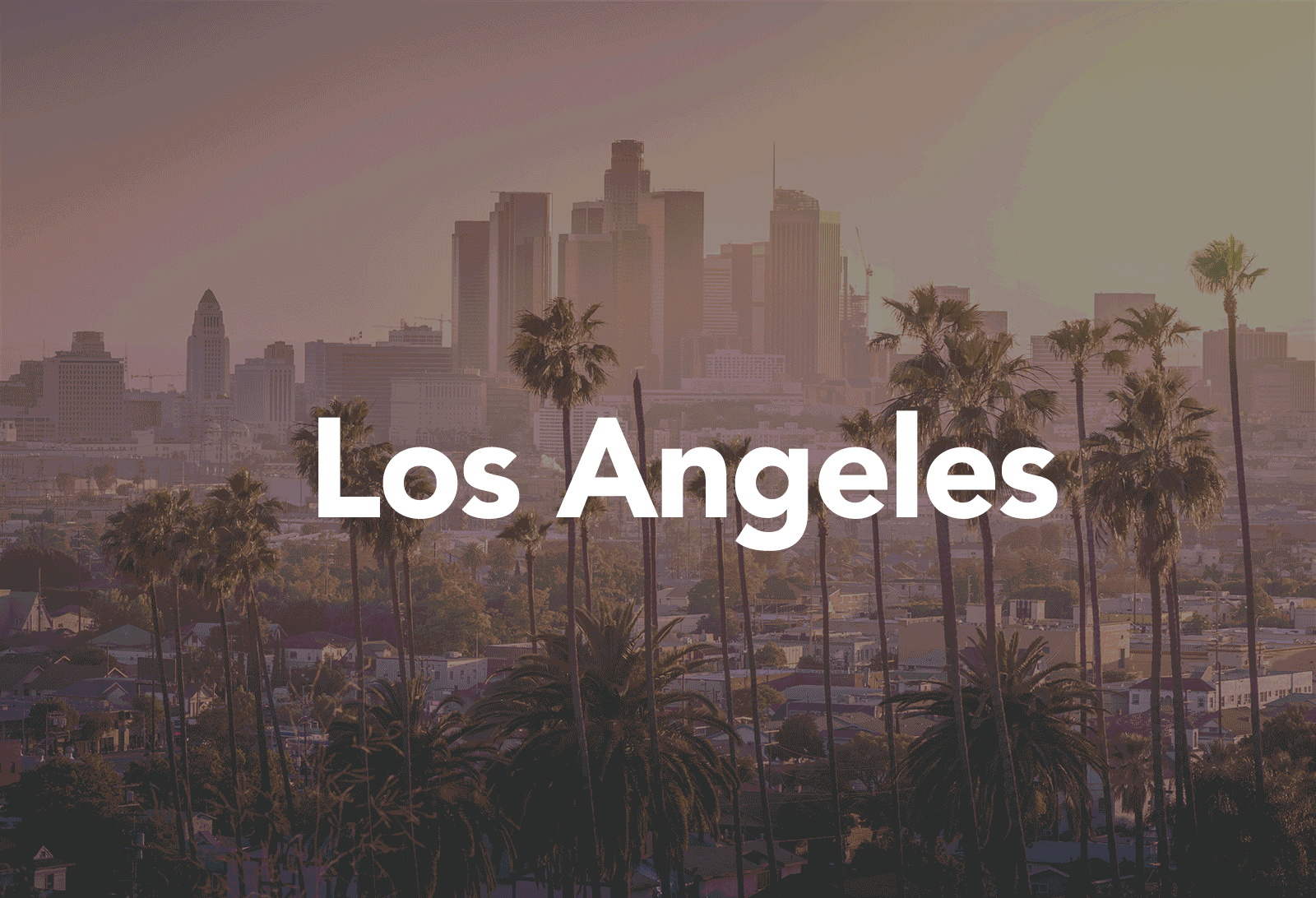
When a sales rep is willing to hop on a plane to go see a client and discuss their needs, the client appreciates it, says Farrell. “You have to get into their space,” he says. “We’re not pushy about it, but the higher up in an organization you go – and we try to go all the way to the top – the more they understand the importance of face-to-face time. They want to see you and talk to you. Once you build the relationship, then you can use the tech tools. But if you won’t visit them, someone else will.”
Tim On The Road
- What do you like most about traveling? “I love getting to know everyone and seeing how we’re all so different, even though we all live in the same country. People are generally happy to live in the U.S., despite what you see on the news. I meet so many interesting people I wouldn’t have met otherwise.”
- What’s your best travel hack? “I always go to the airport early, because the traffic in Miami is horrendous. If it’s a major hub, I’ll go to the American Airlines lounge, make calls, send emails, maybe read a book. It takes the stress out of the situation. And I don’t mind taking the first flight out. I’ll get up at 3 a.m. to avoid daytime at the airport.”
- What’s your craziest travel story? “I got the opportunity to fly as a passenger with the GEICO Skywriters. They’re based in Long Island, but they were down in Florida for an airshow, and they take veterans up. They’re all volunteer pilots. There were six WWII-era planes in formation, and you have a parachute and a 1940s flight suit and you’re next to the pilot who’s in an open cockpit, and the planes write messages in the sky.”
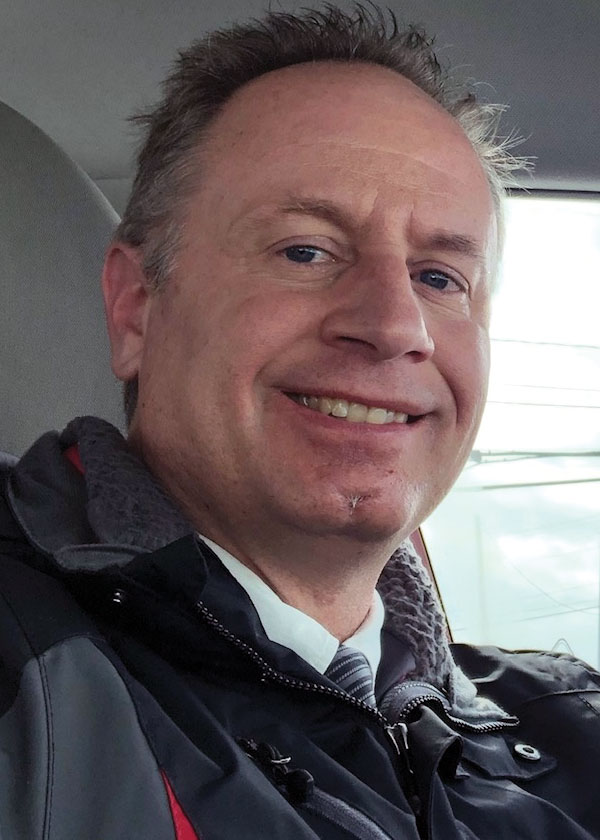
Jim Nistico
President of Proforma Infinity (asi/300094), Syracuse, NY
- Estimated miles traveled per year: 38,400 by car
- Travel territory: Upstate New York
Three days a week year-round, Jim Nistico is behind the wheel of his car visiting clients. In his geographic region of upstate New York, that comes to between 700 and 900 miles of driving a week – quite a feat in a region known for its wicked winter weather.
“Clients appreciate seeing me,” says the president of Proforma Infinity. Of his 120 clients and prospects, he sees between four and 20 of them a day, and still makes it back to sleep in his own bed most nights. “Everyone can expect to see me at least once a month, and I just drop in,” he says. “It’s where the wind blows me at any given time.”
Nistico knows his commitment to in-person client visits is a deviation from the norm in this era of faceless tech-driven customer service, but he’s not letting that change his travel routine. In fact, it makes him even more committed to his time on the road.
The President of Proforma Infinity discusses the lasting importance of face-to-face sales calls and building client relationships in person.
“Visiting clients is a lost art,” he says. “My younger clients tend to do everything over email. They have to get used to seeing me at first, but then they like it.”
For reps who report traveling less, what’s keeping them in the office? Are they choosing to travel less and clients are getting used to it? Or are clients requesting that reps visit less frequently? Nistico says it’s more of a mutual agreement that’s taken shape over recent years. “Reps don’t feel like traveling as much, and clients want to do everything over email,” he says. “Reps have a hard time getting out of the office. I don’t look at emails much on my weekly travel days. If I do, it’s in a parking lot somewhere and I’m already out, so it can’t keep me from going out.”
Jim On The Road
- What do you like most about traveling? “The best thing is building relationships and turning people from prospects into clients. My kids are friends with their kids, and it’s no stress. You talk about their family, their weekend, and then it’s, ‘Oh, by the way, here’s a $6,000 order.’ It’s an easy way to do business.”
- What’s your best travel hack? “Don’t let the office distract you. Forget about the $20-per-hour work there. Answer any emails you receive on the road in succession and don’t look at the time they came in. Otherwise, you start making excuses not to see people because you ‘have to get back.’”
- What are your craziest travel stories? “I was going about 50 mph on snow-covered roads in the Tug Hill Plateau region in upstate New York. I rounded a bend and there was a snow plow with blades down on both sides so it was across the entire road. I wasn’t going to be able to stop, but he lifted one side like a drawbridge, I went under and he dropped it behind me. Another time I was driving in snow so high I was actually pushing it and it was coming over my hood and going over my windshield. I couldn’t see! With lake effect snow, it’s about a 10-mile swath and then it’s sunny and clear. But for those 10 miles I could have been on people’s lawns for all I knew. In July, when there are bare roads, I never take it for granted.”
Wayne Martin
Vice President of Strategic Operations for American Solutions for Business (asi/120075)
- Estimated miles traveled per year: 140,000 by plane
- Travel territory: Nationwide
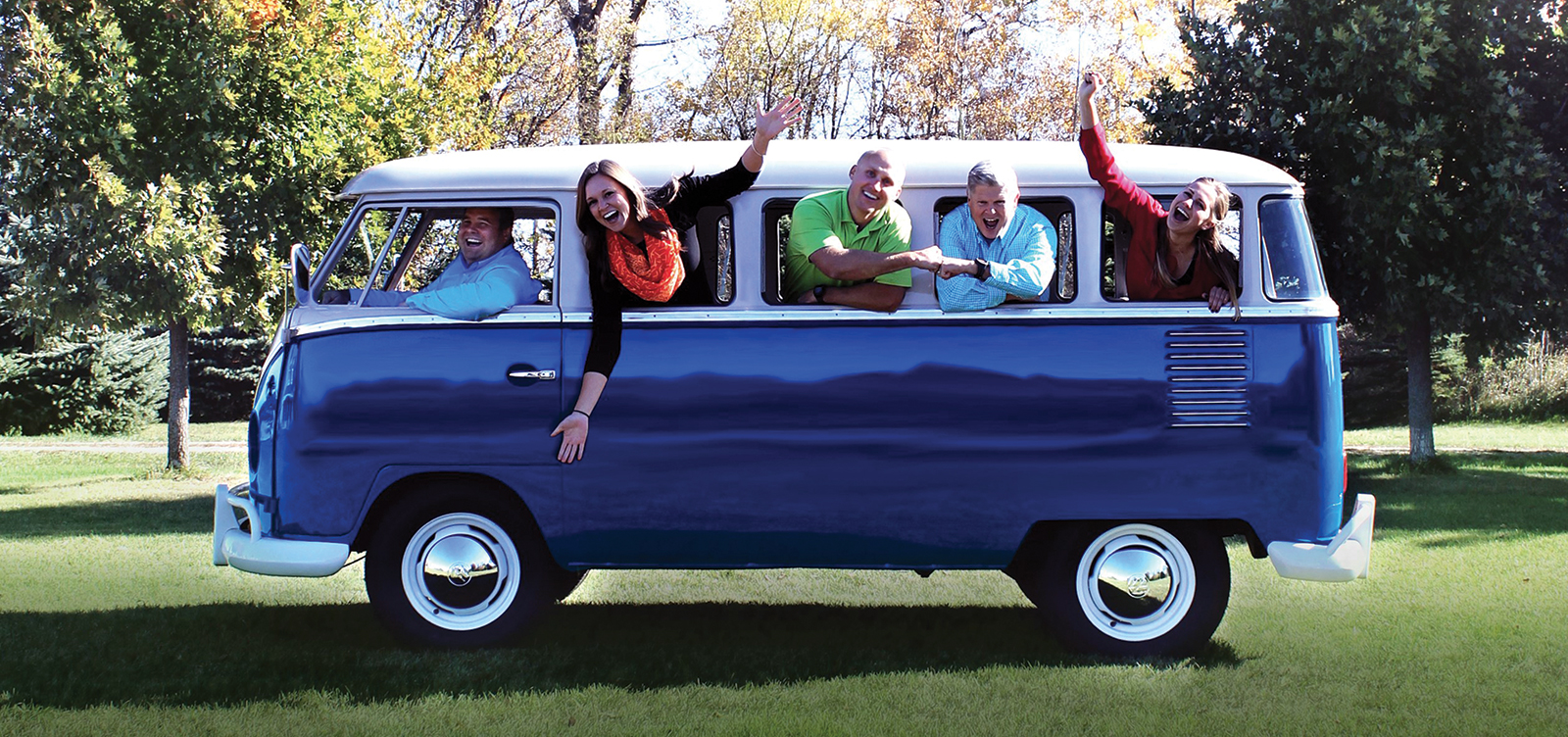
Wayne Martin (second from right) with fellow ASB team members.
Wayne Martin flies about 140,000 miles each year to see prospects and clients as part of his company’s formal business model. The ASB executive is part of the team that supports the Top 40 distributor’s field sales reps. When a rep gets a new opportunity, Martin and his team immediately travel to the prospect to demo products and figure out needs and possible solutions.
“I don’t love the travel, and it’s only been more of a pain with increased security measures,” he admits. “But it’s part of the job. You just have to be able to get in the zone.”
Even if travel can be a hassle, it undoubtedly works for Martin – who can’t say the same about technology when inevitable glitches cost precious time. On a recent digital call for Martin and his team, it was almost 10 minutes after the scheduled meeting time before everyone was present, due to technological issues. (He does concede that tech tools facilitate business done on the road – in airports, on planes and in hotel rooms.)
But too often, says Martin, reps say clients don’t really want to bother with in-person visits. He’ll suggest ways for them to get their foot in the door – which often includes travel, especially at the beginning of the relationship – but he doesn’t micromanage them or force the issue. However, if reps respect the common wish of prospects to dispense with the face-to-face meeting, there’s still no guarantee they’ll get the business. “I’m a big fan of social media and technology, but it only works to a point,” he says. “At the end of the day, people buy from people. Nothing works as well as face-to-face time.” In a commoditized industry, he adds, it’s easier to communicate your differentiators in person.
Wayne On The Road
- What’s your best travel hack? “There are so many logistics involved with planes, trains and automobiles, along with weather and traffic. Allowing appropriate time for all of this reduces the stress associated with it. And technology allows you to work from anywhere if you get there early.”
- How do you make travel more comfortable? “I pack extras of everything, from power cords to underwear. Then you’re prepared for anything in all situations!”
- What’s an example of why travel works? “One time, we staged a presentation like a retail store. The prospect had only wanted to see hard goods, but we still wore the apparel with their company name and brought in a few clothing racks. After the presentation, the group said, ‘We want to do everything, including the apparel.’ We had to travel there to give them that type of experience.”
TRAVELING LESS … AND LOVING IT
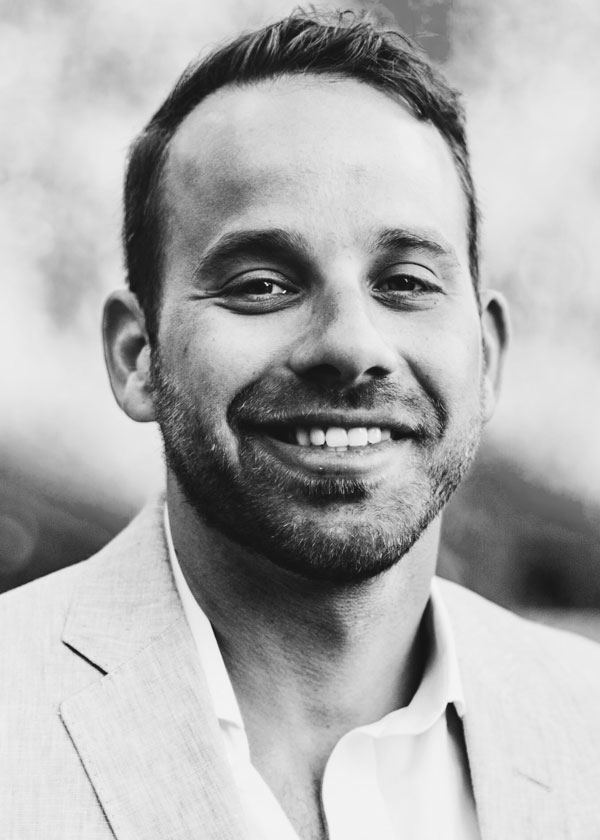
While sales reps who are high-volume travelers say it benefits their long-term relationships, others are finding wisdom in staying put at the office. Jeff Hoffman, partner at Blank Canvas (asi/128880) in Tempe, AZ, says his business travel has tapered off significantly.
It’s a change he welcomes. Clients are increasingly comfortable with video calls made over programs such as Zoom, which Hoffman says he uses on a daily basis. “I travel maybe one or two days a month now, down from seven days at my peak,” he says. “We’re doing more team selling and more delegating because we want to give our people a work/life balance.”
In fact, when Hoffman interviews potential new hires, that balance is a key part of the conversation. “We’re big advocates of finding it,” he says. “Travel can be necessary, but I would rather have a sales rep hit lower sales numbers if it means they won’t burn out after two years on the job.”
It also saved time and money on flights, hotels, dinners and Uber rides, plus “I value my time in the office to work closely with the team on creative endeavors,” he says.
Spending less time on the road has helped him be more hands-on with his team; one sales rep, with Hoffman’s in-person guidance and mentoring, went from $450,000 in 2016 sales to $2.8 million in 2018.
Clients, too, are asking for fewer visits, says Hoffman. “If I’m in town, then they feel obligated to carve out time in their day,” he says. “Some prefer a Zoom call – it’s quicker, and they know it’ll be 10 or 20 minutes, versus a full lunch hour. It works for discovery calls, pitching and presenting. I’ll just send materials beforehand that I want them to have in their hands for the presentation.”
With all that being said, the in-person element is an essential part of his company’s business model that Hoffman continues to travel for: pop-up shops at major events with anywhere from 3,000 to 20,000 attendees. Blank Canvas brings between 10 and 30 colleagues to staff each shop, and one to three 18-wheelers full of merchandise and fixtures to create a retail experience.
“It’s an investment of time and money,” says Hoffman. “But people are definitely attracted to the experience and our on-site personalization stations so they can take something home. It encourages engagement, brand experience and sales, and our clients want to show their value to attendees.”